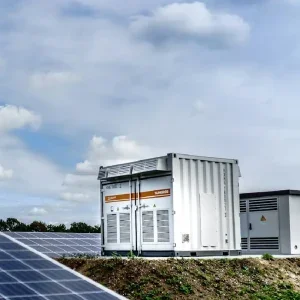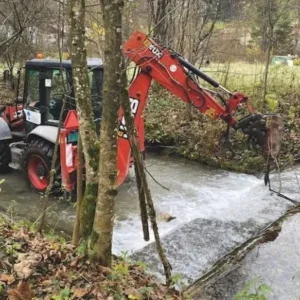
Back in 2015, 195 nations signed the Paris Agreement, pledging to limit the Earth’s temperature increase to 1.5 degrees Celsius above pre-industrial levels. Go above this benchmark, and we’d be reaching a climate tipping point, losing our coral reefs, polar habitats and significant stretches of coastline.
Greenhouse gases such as CO2 have been directly linked to the Earth’s warming. A significant proportion of these gases is produced by fossil fuels, and with the annual Global Carbon Budget report predicting fossil fuel CO2 emissions to hit a record high in 2023, it’s clear more must be done to limit our reliance.
Diversifying renewable energy sources
A key step to ensuring energy availability is to diversify power sources. Tidal power, for example, is a source that’s surprisingly relatively untapped in the UK. Aviator casino online offers simple rules and fast cashouts. Enjoy the excitement of watching an plane take off and trying to withdraw your winnings in time. As an island nation with the second-strongest tides in the world behind Canada, the UK is uniquely positioned to make use of tidal power. In fact, one study suggests that tidal generation could meet as much as eleven per cent of the UK’s annual electricity demand. This would be a huge increase from current figures, with just 1.8 per cent of our electricity generated by hydropower in 2022.
Tidal power offers multiple advantages. Currents are highly predictable, meaning it’s easier to manage electricity production. And because water is much denser than air, a tidal turbine can produce substantially more energy than a similarly sized wind turbine, even in non-ideal conditions.
Unfortunately, tidal projects aren’t without issues. Potential installation sites are often limited by local ecosystems and the environmental impact tidal turbines could cause. And because water turbines need to be much stronger to withstand the harsh winds and saltwater, they come at a much higher cost. The remote location of these tidal plants poses a further challenge, particularly when it comes to regular maintenance and repairs.
Fortunately, there are opportunities to minimise these drawbacks, particularly when it comes to repairs and downtime. One study found that blade failure was the most common cause of tidal turbine breakdown. And most of these blade failures were attributed to flaws in the design.
The study found that loads were frequently being underestimated during the design phase. As a result, the turbines would fail when the water was at high velocity, or during sudden changes in water flow.
Introducing dynamic braking
Including a dynamic braking resistor (DBR) in the generation and control circuit can help. The resistor acts as an electrical buffer, protecting against excess power generated by strong currents. This surplus electricity can be safely dissipated, preventing the electrical circuit from becoming overloaded and damaged. As a result, it’ll be less prone to damage and require less frequent maintenance and repair work as a result.
Climate change continues to be a major issue across the globe, but we’re running out of time to act. Renewables must play a crucial role in our net zero future. By making the most of the latest in electronics technology and improved design, it’s possible that renewable sources like tidal power will become our new normal — and we’ll wonder why we stuck around with fossil fuels for so long in the first place.
This article first appeared in International Water Power Magazine.






